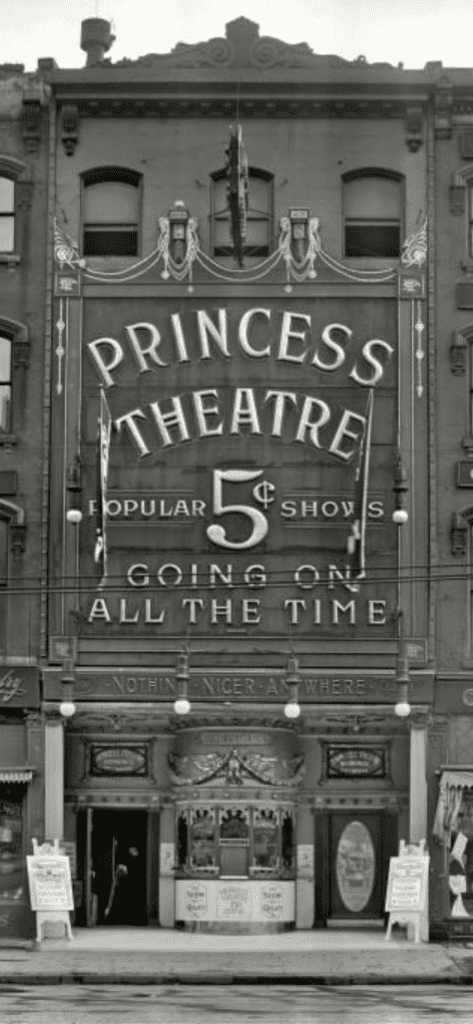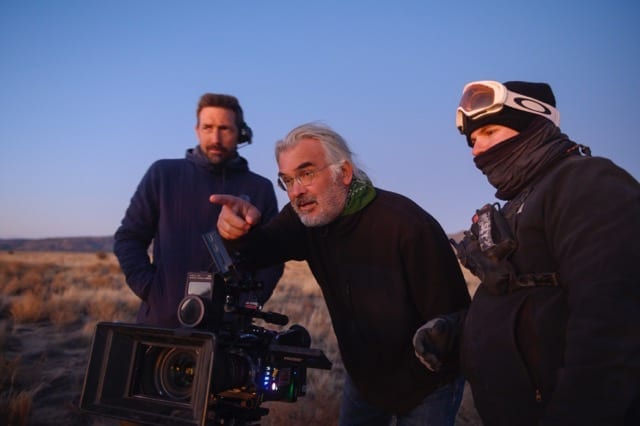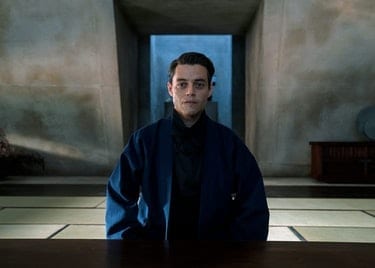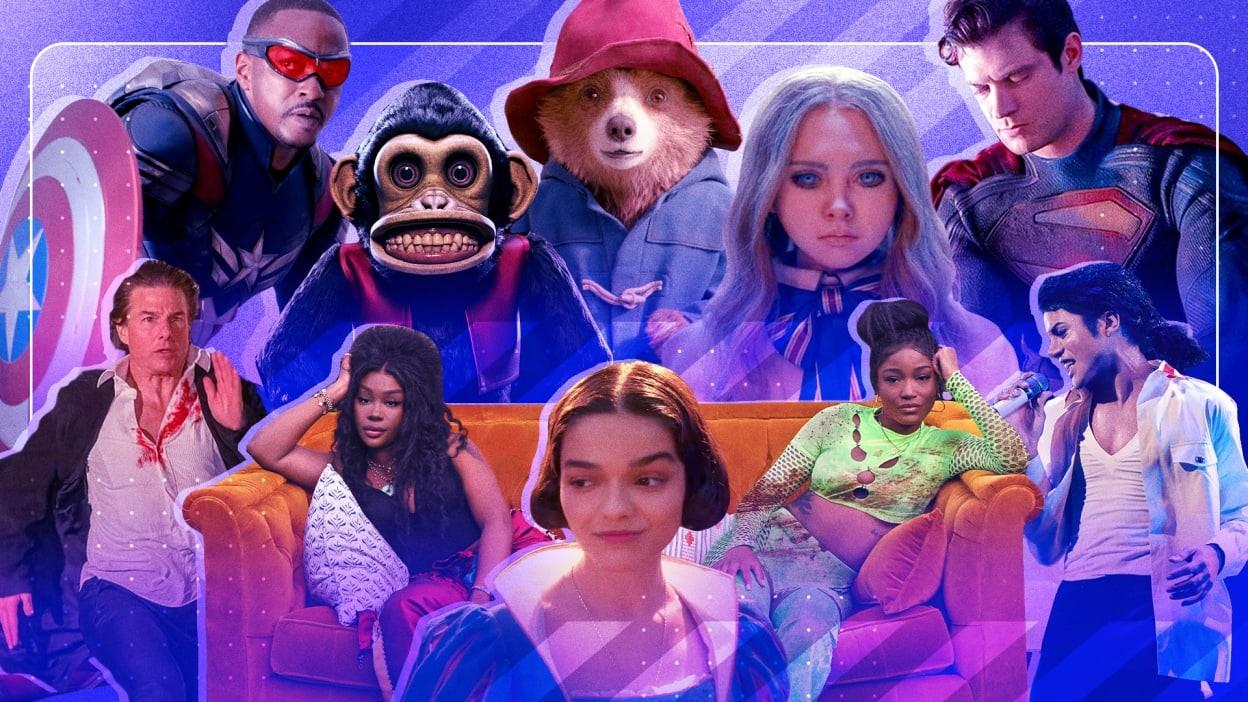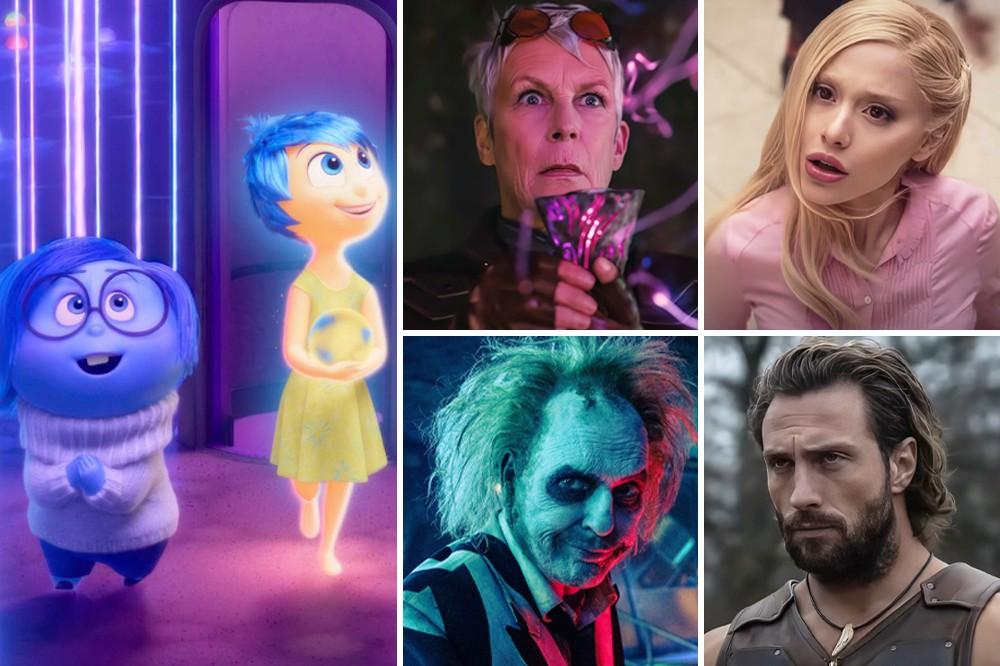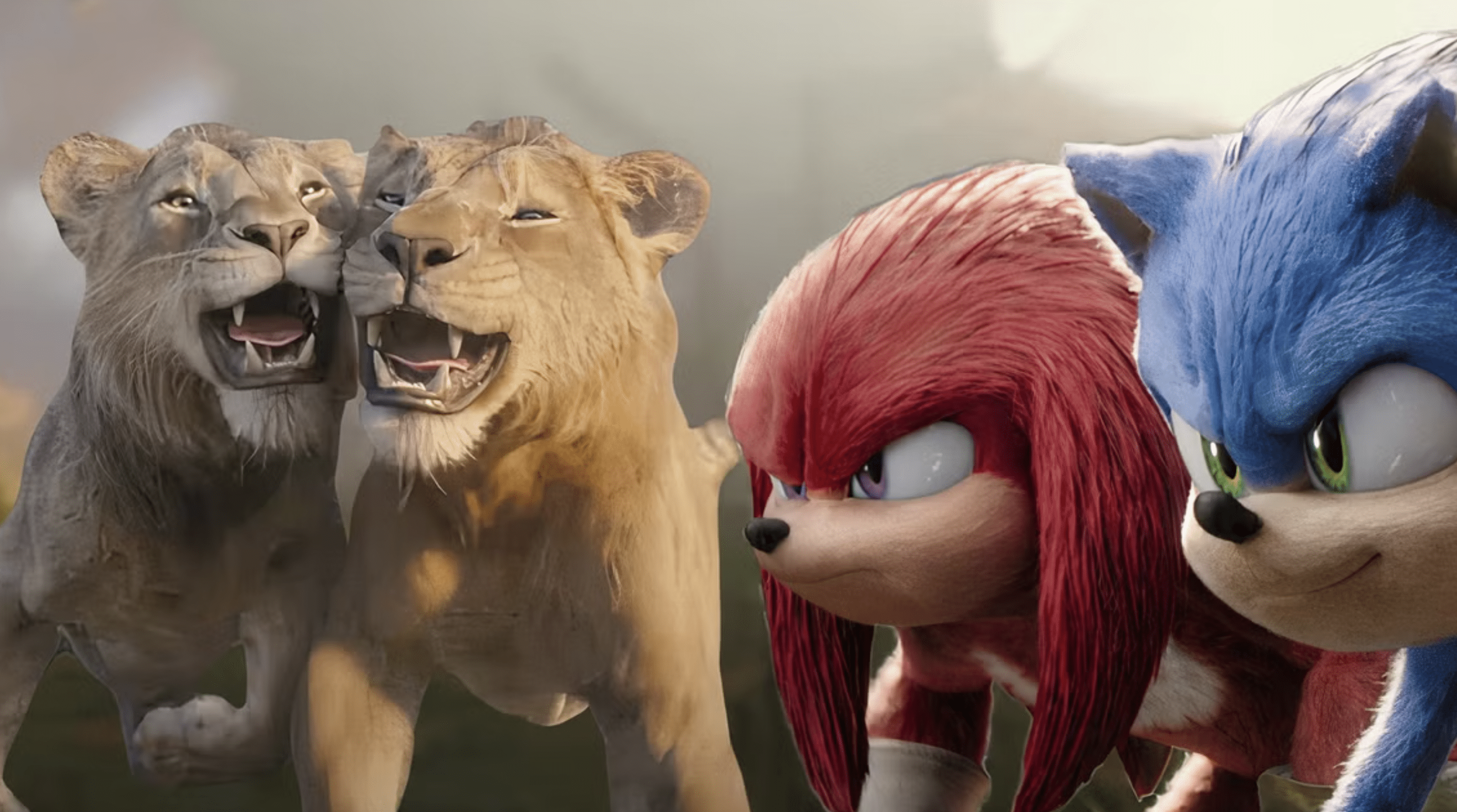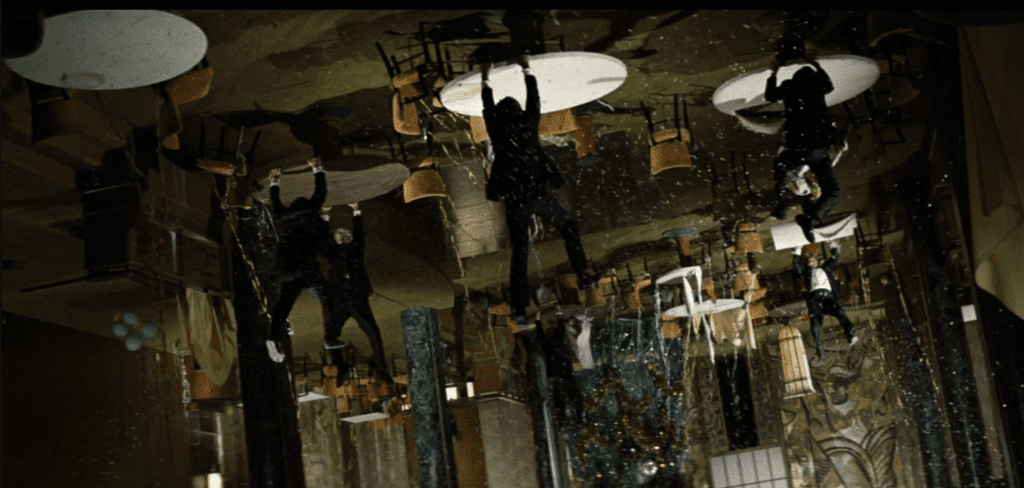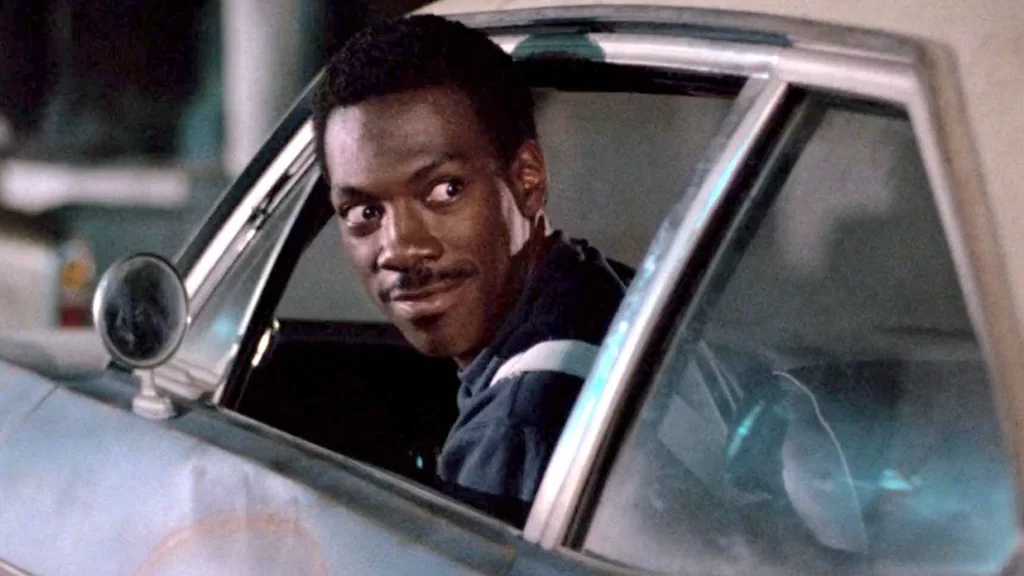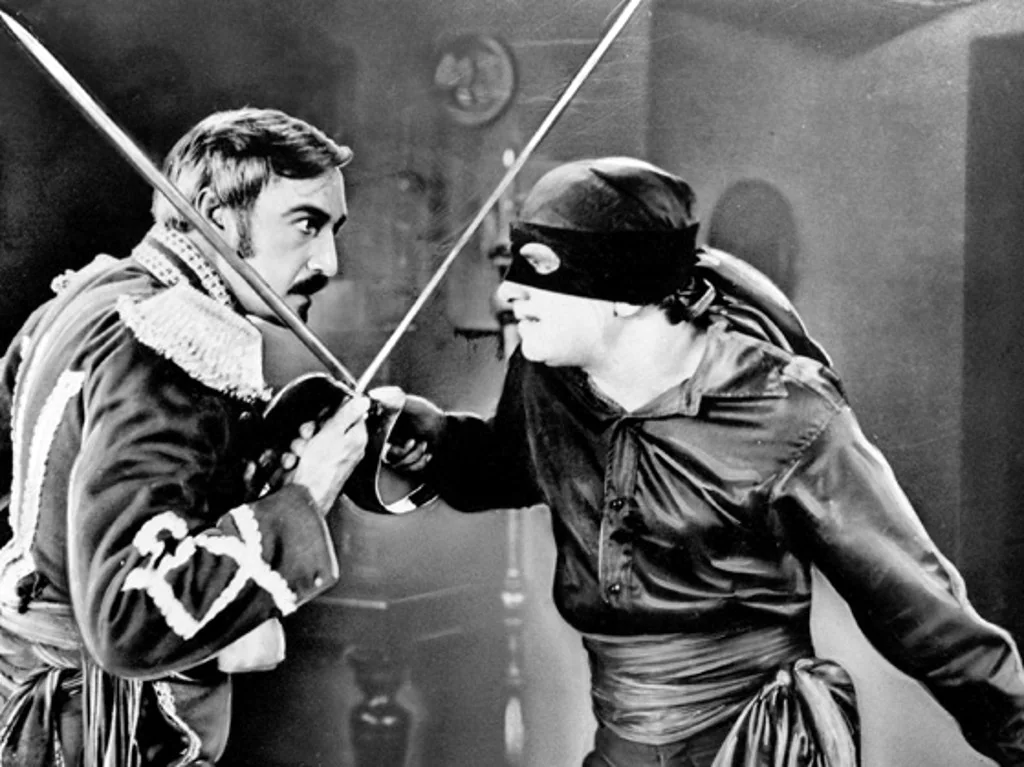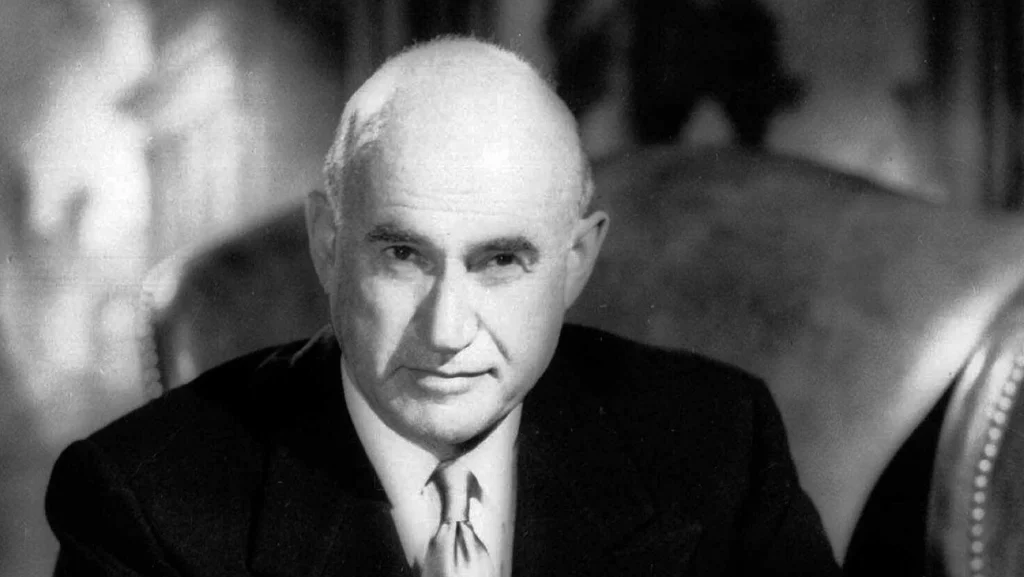Our current COVID-19 crisis is not the first time that Hollywood has survived a pandemic. The Spanish Flu of 1918-1919 killed 50M worldwide, fueled by the conflict of WWI with the mustering and deployment of millions of troops and widespread dislocation of populations. Before the outbreak, Hollywood was ascending as a primary medium for mass entertainment, dazzling audiences with the spectacle of motion pictures played on screens at local Nickelodeons, Gems and Bijous across the country. For a time, the pandemic forced the closure of most theatres and film production in Hollywood. However, after the war had ended, the troops came home and the virus subsided, the movies once again surged in popularity. By the middle of the 20’s, 50M American were going to the movies each week, the equivalent of one half the country’s population. Why? Movies were fun, accessible and affordable, providing a diversion from the cares of daily life. By the late 20s, radio also began to take off, providing Americans with in-home entertainment for the first time. 100 years ago, neither a global pandemic nor the invention of radio managed to upend the movie business, founded on the appeal of a leaving the house to go to the movies with family and friends.
RKO Pictures was the smallest of The Big Five studios that emerged in Hollywood during the 1920’s. Controlled by Radio Corporation of America (RCA), the studio was sustained by its top-grossing Fred Astaire and Ginger Rogers musicals, its low-budget supernatural thriller King Kong (1933) and Orson Welles’ Citizen Kane (1941).
Watch the just-released trailer for Godzilla vs. Kong, featuring the ape-monster in his latest adventure. It opens in theatres on March 26th.

